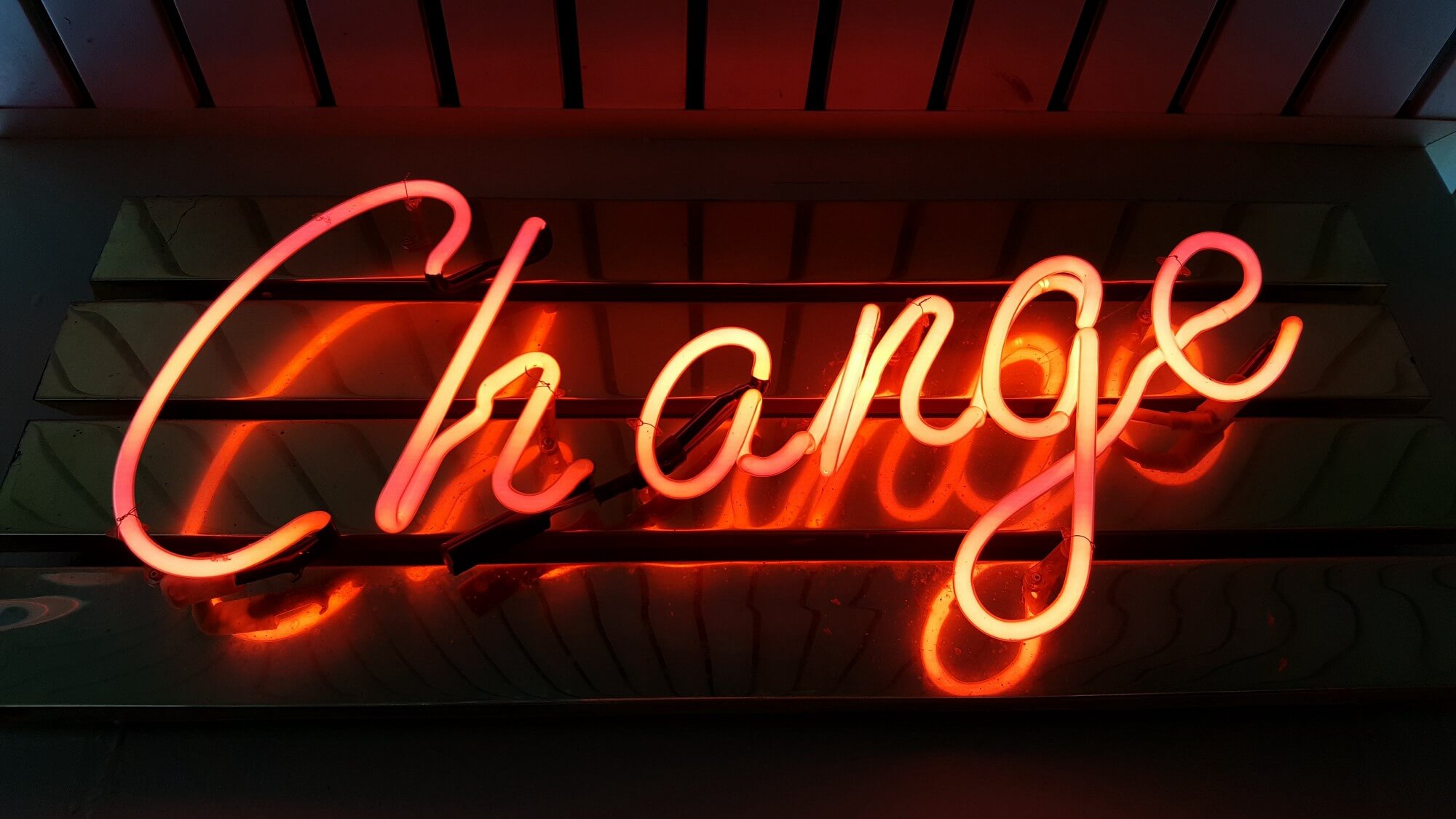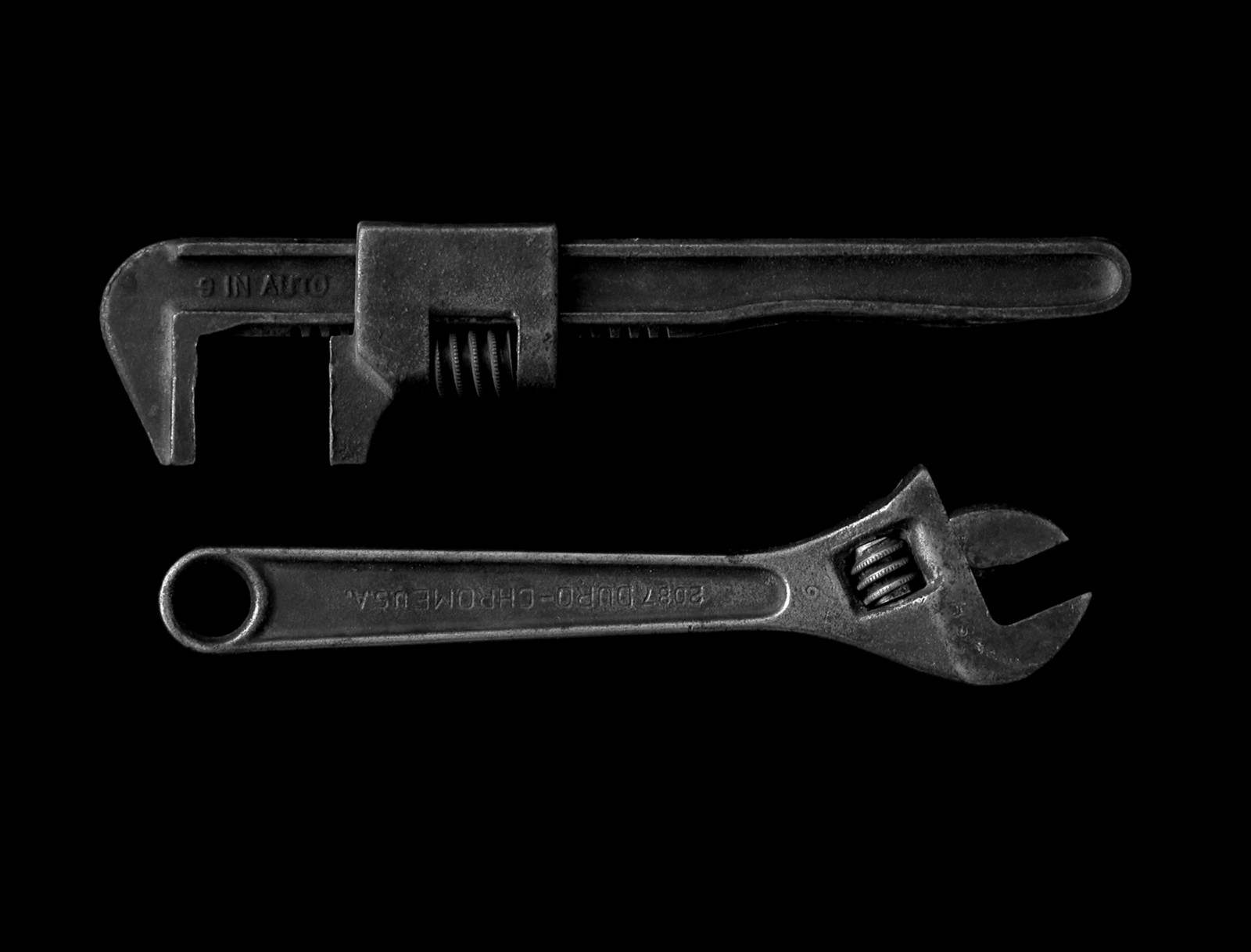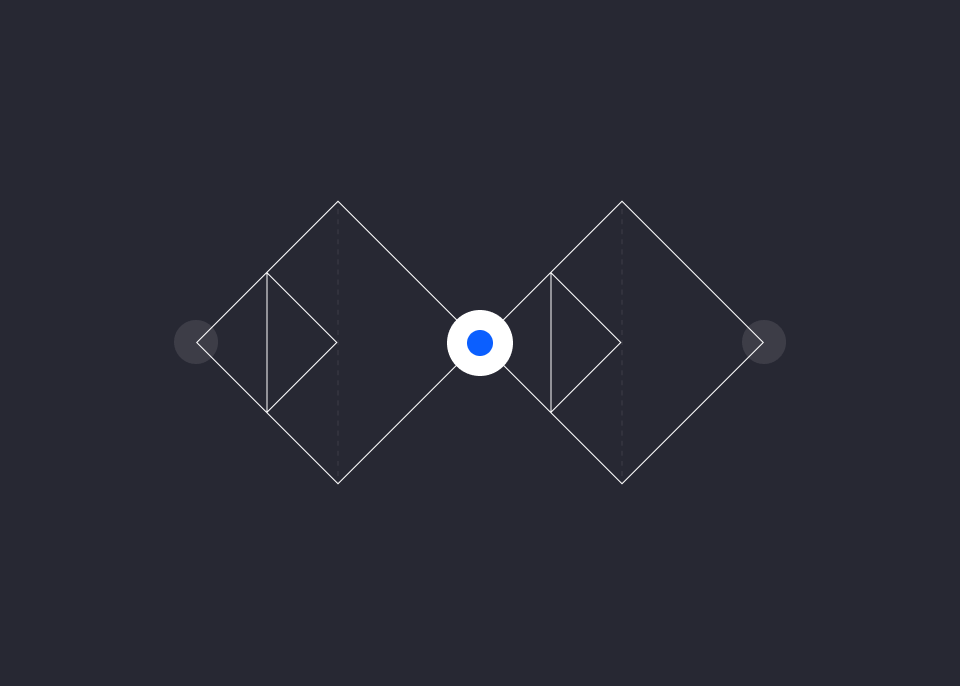Year 1 Retrospective by Chris Jeong on November 29, 2018
3 Min Read

During my first year at Liferay, I had the pleasure of contributing to taking our Analytics Cloud offering from idea to reality. During this period, we’ve had anywhere between 3 to 8 designers at various design stages attending brainstorming sessions, providing countless comments over Invision and Figma, and at times flying thousands of miles just to be in the same room together. We did all of this in the name of taking an abstract idea to a concrete product.
As our design team starts to scale in size and across borders, I often find asking myself, how can we be more effective and impactful? These are my reflections from this past year.
 Photo by Ross Findon on Unsplash
Photo by Ross Findon on Unsplash
Have a North guiding star
The agile manifesto prescribes every effective agile team to embrace change, but only when it provides meaningful customer value.
 Photo by Caleb Woods on Unsplash
Photo by Caleb Woods on Unsplash
When I look back to roadmap from the inception of this project and compare it to where we are now, the initial requirements seem like a world away. The features and functions that were initially laid out have been stripped to the fundamentals of the product and we are happy with where it stands now.
The idea is that we’ll provide the high value parts and let our customers guide the direction to take. This means, going forward, we need to be proactive in finding our customer’s voice with research and support.
Avoid designing by committee, at all cost.
Early in the design process, we engaged in divergent brainstorming and ideation sessions which generated in tons of great ideas, but weren’t prepared to execute those ideas.
 Photo by Nicolas Gras on Unsplash
Photo by Nicolas Gras on Unsplash
Divergent thinking challenged us to explore many possible product directions by leveraging:
- Unique viewpoints
- Varying levels of understanding
- Disparate teams with differing goals
This was the easy part.
However, when the designers got together to build on these ideas, I found we lacked a process for converging and distributing the work. This invariably resulted in design by committee. This was a huge drain on resources and resulted in a lot of overlap of work.
Eventually we were able to reorganize. We can Slack all day, but nothing beats being in the same room together. A short 20 hour flight to Brazil and a few discussions later, we were able to resolve these incongruencies almost immediately.
The lesson here for us was that freeform creative exercises are an invaluable part of the design process, but they are only as effective as the execution strategy. Going forward after each exercise we must determine:
- An agreed set of requirements
- Explicit ownership to the different parts of the product’s design
- Setting design goals and milestones — with some expectation of change
Design-Ops
UX Design has come a long way from proving the ROI of a great user experience and discussing designer/developer collaboration.
 Photo by Matt Artz on Unsplash
Photo by Matt Artz on Unsplash
Design-ops has been a hot topic sparking conversation within our organization over the past year. UX Design has come a long way from proving the ROI of a great user experience and discussing designer/developer collaboration. As our department enters a new phase of maturity, we are looking beyond the design tools:
- Design processes are a constant work in progress, learn to accept that and build on what works
- Design Systems help us work faster and focus on the problems that matter
- Digital Asset Management
- User research MUST be socialized, or it’s useless
- Centralized database for User Research “nuggets"
- Collaboration during designing (tools like Figma help)
- Don’t hide behind a screen -- talk to EVERYONE
Product Management
When product and design goals align — the focus naturally turns towards the users
 Photo by Samuel Zeller on Unsplash
Photo by Samuel Zeller on Unsplash
I look to our product managers to provide me a with a strong vision and strategy, so that I can synthesize that vision in to a design customers will find valuable. But, that’s not to say designers don’t have a say in how to steer the ship.
The designer/product relationship share tons of overlap in resources and goals, which make us designers the perfect partners to our product managers. (Tom Hagan/Don Corleone anyone?) When product and design goals align -- the focus naturally turns towards the users.
- Sitting in on customer calls, gives me context in to the product vision and strategy
- Sharing user research and competitive analysis, allows us to refer back to a single reference point to anchor our positions
- Surface discrepancies of customer needs and product strategy to spark discussion
- Engage in high level design activities such as customer journey mapping and concept wireframes for alignment
In Conclusion
2018 was a big year for us here at Liferay. We went from being a single product company to having 3 new products to go along with our new and improved portal offering. With the lessons from a whole year of working together, I’m excited how our design team and product will evolve in the coming year.


